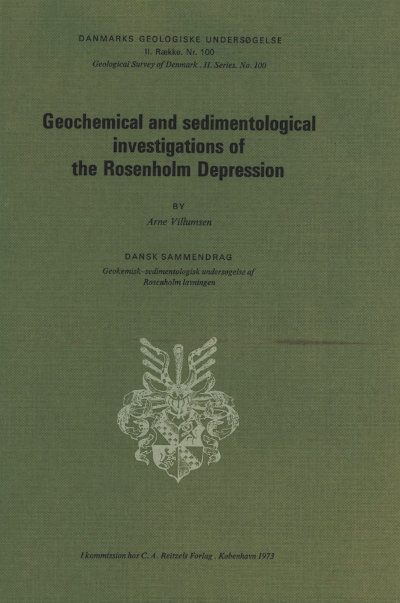Geochemical and sedimentological investigations of the Rosenholm Depression
DOI:
https://doi.org/10.34194/raekke2.v100.6891Abstract
The Rosenholm depression is investigated as an example of the development of the conditions of sedimentation for the Late- and Postglacial freshwater deposits in the area between Aarhus and Randers. The sequence, which in places is 12 metres thick, includes creeping soil, meltwater sand, outwash clay, Allerød-gyttja, -mould, and -peat, outwash clay and Postglacial gyttja and peat.
The surface of the meltwater sand was mapped by borings; the bottom topography seems to support the assumption that the depression has had a subglacial past (tunnel valley).
The Allerød-oscillation can be separated into three different facies: The NW-part has euxinic gyttja, and the SE-end has Allerød-mould and -peat.
In the succeeding Postglacial lake-phase gyttja was deposited in the NW-part, while the bottom sediment in the SE-stern end (separated from the rest of the depression by a sand barrier) was composed of dy and tyrfopel. After this the basin continued to be divided into two parts until peat covered the whole area.
Measurements of acidity (pH) and redoxpotential (Eh) indicate that the whole series of layers are undergoing decomposition at the present time.
Downloads
Published
Issue
Section
License
This article is distributed under a CC-BY 4.0 licence, permitting free redistribution and reproduction for any purpose, even commercial, provided proper citation of the original work. Author(s) retain copyright over the article contents.


